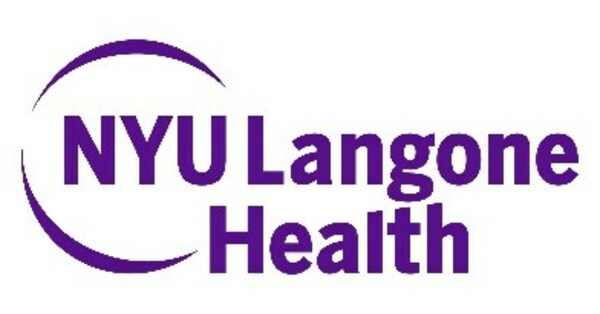





Recent advancements in artificial intelligence (AI) have sparked significant interest in its potential to revolutionize medical diagnostics. A groundbreaking study revealed that ChatGPT, an AI chatbot developed by OpenAI, outperformed human doctors in diagnosing illnesses. The study found that ChatGPT achieved an impressive average score of 90% in diagnostic accuracy, while doctors who utilized the AI tool scored 76%, and those who did not use it scored only 74%. Dr. Adam Rodman from Beth Israel Deaconess Medical Center expressed surprise at these results, noting that while he expected AI to assist doctors, the extent of its superiority was unexpected. This highlights a broader issue within the medical community: a reluctance among doctors to fully embrace AI suggestions in their diagnostic processes [63e59b48].
In parallel, Canadian doctors at the University of British Columbia have successfully utilized AI to identify a high-risk form of endometrial cancer. By analyzing patterns across thousands of cancer cell images, AI algorithms can quickly analyze vast amounts of data, enabling earlier diagnosis and treatment of diseases. This breakthrough follows other AI applications in healthcare, such as an AI tool in the UK that analyzed over 10,000 mammograms and detected tiny tumors invisible to the human eye. Additionally, AI, when paired with a specific blood test, has been found to diagnose Parkinson's disease up to seven years before symptoms appear. The use of AI in healthcare not only improves diagnostic accuracy but also has the potential to free up doctors' time to see more patients, which is crucial given the current shortage of physicians in Canada [c0fbffbd] [2eef6f45] [fc1ef7ef].
In another development, researchers at the University Hospitals NHS Foundation Trust (OUH) and Imperial College Healthcare NHS Trust in Oxford have developed an artificial intelligence (AI) system named Dora to enhance patient care after cataract surgery. Dora calls patients to ask them questions, understand their answers, and accurately identify responses that indicate the need for clinical review. Over 200 patients who had recently undergone cataract surgery participated in the study, and Dora's decisions aligned strongly with those of the overseeing ophthalmologist. The use of Dora in telemedicine follow-up was estimated to save around £35 per patient compared to standard care. Ufonia, an Oxford spin-out company, developed Dora and is expanding its use across eye care pathways in the NHS and internationally. The study was funded by a National Institute for Health and Care Research Artificial Intelligence in Health and Care Award [203cb053].
In a recent multicenter prospective study, the clinical value of artificial intelligence (AI) in assisting junior radiologists in diagnosing thyroid nodules using ultrasound was evaluated. The study enrolled 1036 patients with a total of 2296 thyroid nodules from three medical centers. The AI system demonstrated comparable sensitivity, specificity, accuracy, and area under the receiver operating characteristic curve (AUC) to senior radiologists when pathological results were used as the evaluation standard. AI assistance significantly improved the performance of junior radiologists, making their diagnostic performance comparable to that of senior radiologists. The proposed 2e diagnostic criteria were consistent with real-world clinical evaluations and affirmed the applicability of the AI system. The study highlights the potential of AI in reducing unnecessary invasive diagnostic procedures in real-world clinical practice [a4e9f057].
In a new development, researchers have developed a new, interpretable model called AsymMirai to predict five-year breast cancer risk from mammograms. The model is simpler and easier to understand than the previous black box model, Mirai. The study compared the performance of AsymMirai and Mirai in predicting breast cancer risk using mammograms from the Emory Breast Imaging Dataset (EMBED). AsymMirai performed almost as well as Mirai in one- to five-year breast cancer risk prediction. The study also highlighted the importance of breast asymmetry and bilateral dissimilarity as potential imaging markers for breast cancer risk. AsymMirai's easy-to-understand predictions could be a valuable tool for human radiologists in breast cancer diagnoses and risk prediction. The findings may impact the frequency of mammograms in the future [bed536f0].